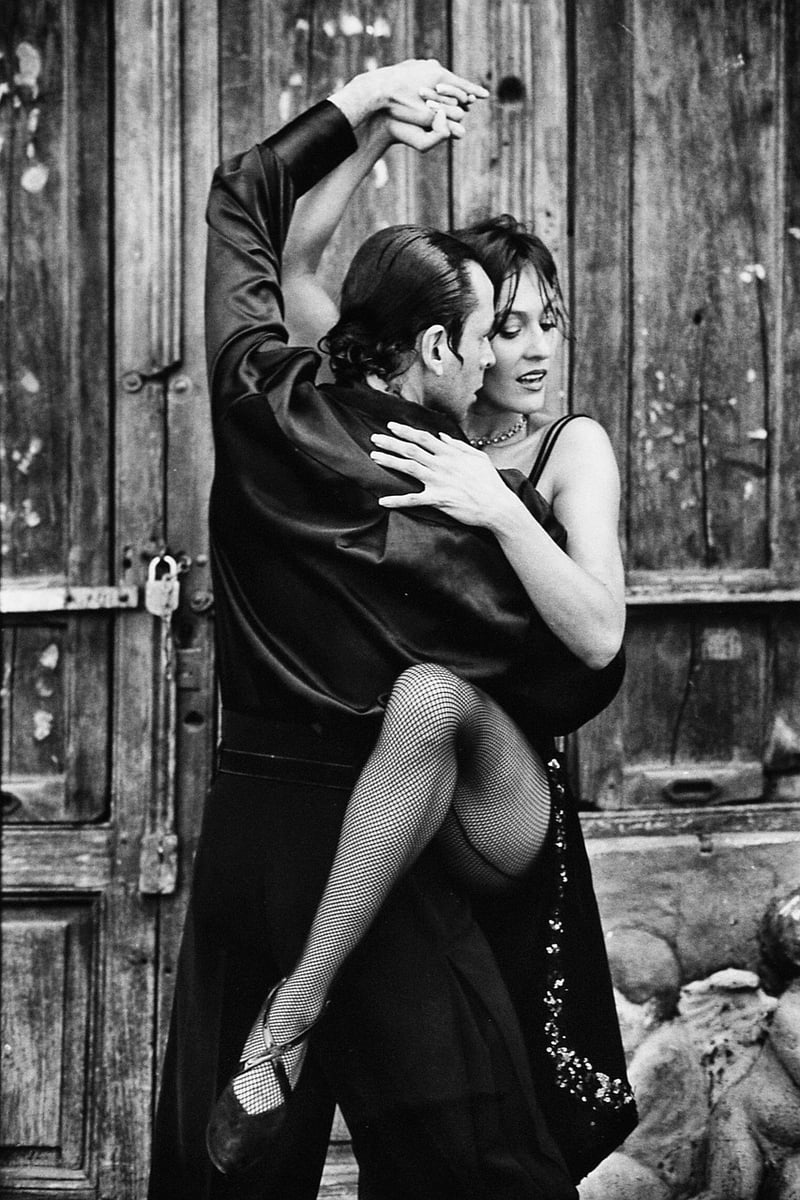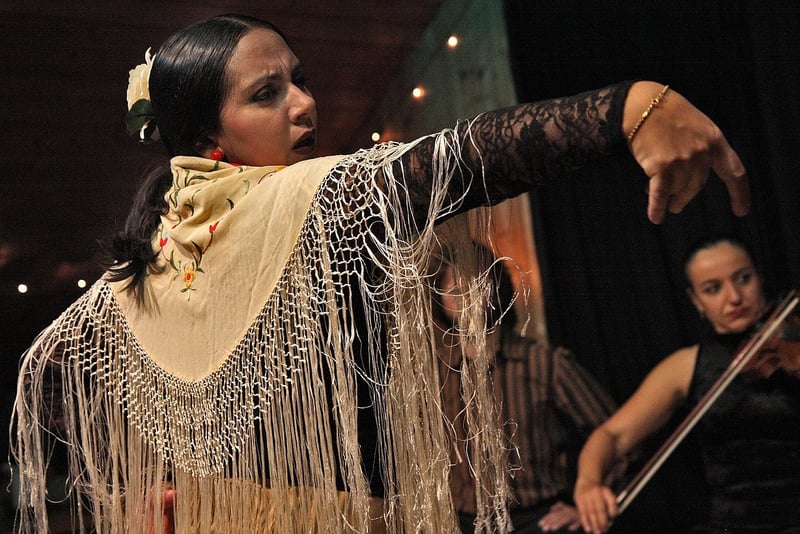Latin Dance
The Art of Expressive Movement in Latin Dance
Latin dance is not just about precise steps and rhythms; it is a form of expressive movement that allows dancers to convey emotions, stories, and cultural heritage through their body language. Whether it's the sensual movements of the salsa, the passionate flair of the tango, or the energetic steps of the samba, Latin dance is a vibrant and captivating art form that engages both the dancers and the audience.
The Importance of Expressive Movement
Expressive movement is a key component of Latin dance as it adds depth and meaning to the steps and routines. By incorporating gestures, facial expressions, and body language, dancers can communicate a wide range of emotions such as love, desire, joy, and sorrow. This emotional connection between the dancers not only enhances the performance but also creates a powerful and memorable experience for the viewers.
Types of Latin Dances
Latin dance encompasses a variety of styles, each with its unique movements and expressions:
- Salsa: Known for its fast footwork and sensual hip movements, salsa is a vibrant and social dance that encourages improvisation and creativity.
- Tango: Originating from Argentina, the tango is characterized by its dramatic poses, sharp movements, and intense connection between the partners.
- Samba: A lively Brazilian dance, samba features energetic steps, hip movements, and colorful costumes that reflect the festive spirit of Brazil.
Express Yourself through Latin Dance
Whether you are a seasoned dancer or a beginner, Latin dance offers a wonderful opportunity to express yourself through movement. By immersing yourself in the rhythms and melodies of Latin music, you can unleash your creativity, improve your coordination, and connect with others in a vibrant and dynamic way.
So put on your dancing shoes, feel the music pulsating through your body, and let the expressive movement of Latin dance take you on a captivating journey of self-expression and cultural exploration!

Image source: Pixabay
